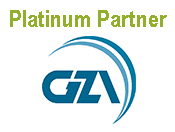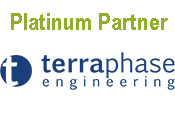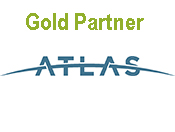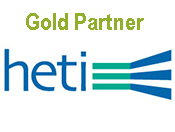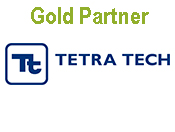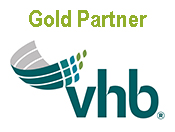The U. S. EPA and EPA Region 1 have issued the Final National Pollutant Discharge Elimination System (NPDES) general permits for discharges of pollutants to Waters of the U. S. in waste waters from certain dewatering and remediation-related activities. This Dewatering and Remediation General Permit (DRGP) covers discharges to certain waters in the Commonwealth of Massachusetts and the State of New Hampshire, sites in Connecticut and Rhode Island located on Indian Country lands, and federal facilities in Vermont.
This DRGP is a combined reissuance of the Remediation General Permit (RGP) that became effective on April 8, 2017, and expired on April 8, 2022, and the Dewatering General Permit (DGP) that became effective on April 25, 2015, and expired on April 7, 2022. The new general permit combines the former Discharge General Permit (DGP) for non-remediation construction projects with the Remediation General Permit (RGP). The DRGP authorizes discharges of groundwater, surface water, potable water, and storm water associated with following activities: site remediation, site dewatering, infrastructure dewatering and remediation activities, and material dewatering.
The revised DGRP became effective on August 31, 2022, in Massachusetts, and August 2, 2022, in New Hampshire. Notice of Intent to discharge (NOI) submittals, Change Notice of Intent (CNOI) submittals, and Notice of Termination (NOT) submittals are filed electronically through the U.S. EPA NPDES e-reporting tool as of December 2, 2022. An overview of the program is provided here. Read more in EPA's fact sheet on the new permit.
Top Ten Takeaways
- Existing discharges authorized under the 2017 DGP or RGP that submitted an existing discharge waiver now have until March 1, 2023, to submit a new NOI under the DRGP via the e-reporting tool. All existing DGP and RGP discharges that have not filed a new NOI will be automatically terminated as of March 1, 2023.
- NOIs submitted via email between permit effective date and prior to the launch of the e-reporting tool will need to be filed electronically via https://cdx.epa.gov/
- Potential discharges are grouped based on source water (e.g., groundwater, stormwater), and minimum testing requirements per source water have been established.
- Environmental Justice reviews have been included as part of the NOI submittal process.
- Certain effluent limitations have been revised based on numeric State Water Quality Criteria.
- Prior to submitting the NOI, the operator must contact the appropriate State to confirm the critical low flow of the receiving water, dilution factor (DF), other appropriate hydrologic conditions, or to authorize site-specific limiting factors.
- Massachusetts Department of Environmental Protection
Cathy Coniaris ([email protected]); telephone: 617-348-4026 - New Hampshire Department of Environmental Services
Hayley Franz ([email protected]); telephone: 603-271-0671
Teresa Ptak ([email protected]); telephone: 603-271-1497 - Additional effluent limitations have been added based on Impaired Waters and Total Maximum Daily Loads.
- Submittal of NetDMR reports now begins on the first month of discharge.
- Additional revisions include reductions in changes to test methods and minimum levels, reporting requirements, and reductions in sampling requirements for treatment system startup and shutdown.
- Treatment system influent monitoring is now limited to only the initial monitoring event.
Permitting New and Emergency Discharges
- New discharges may apply at any time, but EPA strongly suggests applying 30 days prior to the date discharges are likely to begin.
- Emergency discharges may begin at any time, provided the notification requirements are met, including submitting an NOI no more than 30 days following the start of emergency discharges.








